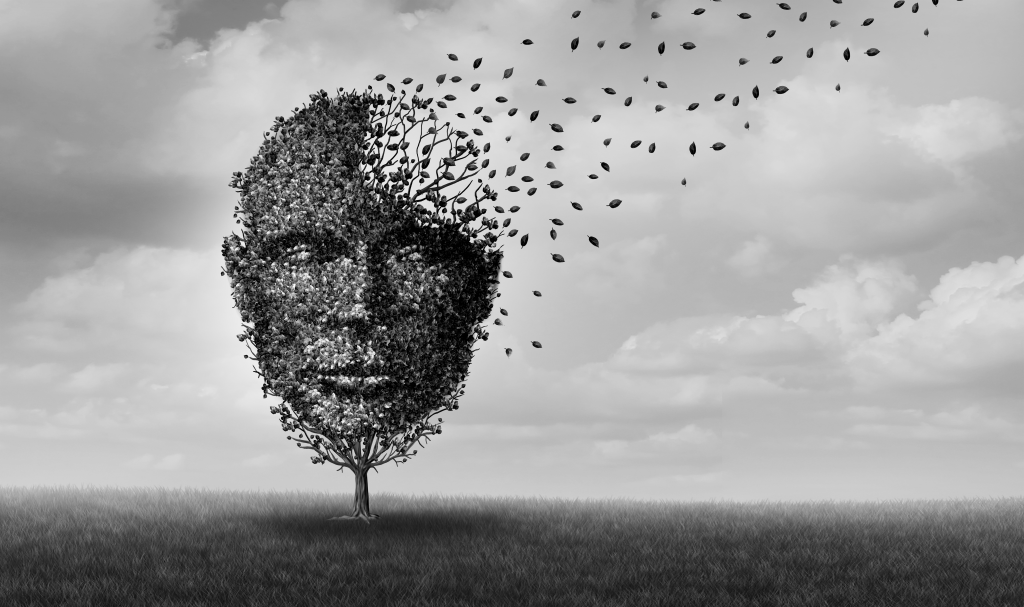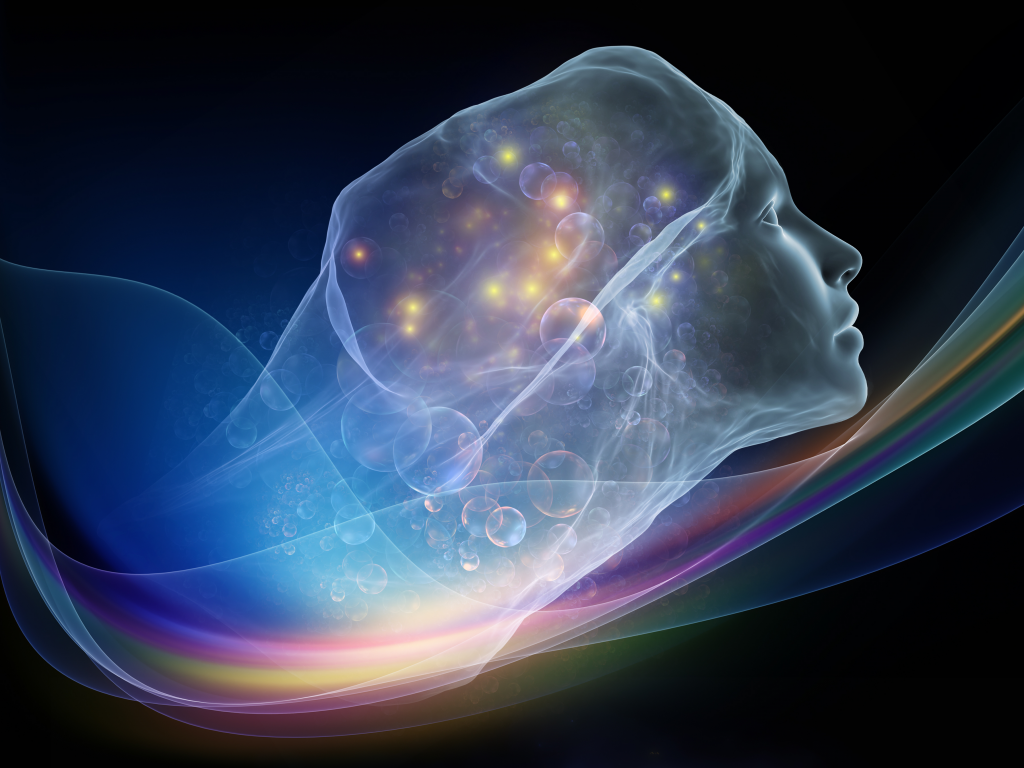Psychedelics have been in the spotlight of late, with study after study into different compounds showing that there are different, more efficient, and physically healthier ways to treat issues like depression, other psychological issues, and pain. So is it that surprising that psychedelics have also shown promise as a treatment for neurodegenerative diseases?
As psychedelics gain prominence for help with psychological issues, they are also being looked at as an answer for neurodegenerative diseases. As there is currently no real answer to these problems, compounds like LSD, and psilocybin provide answers not currently seen in Western medicine. We’re here to cover everything interesting in this new and emerging medical field, and you can follow along by signing up for The Psychedelics Weekly Newsletter. Get the latest on what’s going on, and when new deals on psychedelic products and paraphernalia become active, be the first to have access.
What are neurodegenerative diseases?
Think of that grandparent, or great uncle, who seemed to forget your name over the years. The one (or maybe several) that started to lose their keys, started mixing new events with old memories, or started telling stories like they were living 50 years ago. These are some of the most noticeable symptoms of neurodegenerative diseases like dementia, which we often see as Alzheimer’s disease.
Neurodegenerative diseases are the accumulation of neurodegeneration, a process in which “nerve cells in the brain or peripheral nervous system lose function over time and ultimately die.” Though symptoms of these problems can be treated, “there is currently no way to slow disease progression and no known cures.” The instance of these diseases rises greatly in the elderly, with a 2021 report by the Alzheimer’s Disease Association estimating that approximately 6.2 million Americans have the affliction, while another 1.2 million will have Parkinson’s by 2030.
Alzheimer’s and Parkinson’s are the two most prevalent neurodegenerative disorders, but the class of diseases also includes several other well-known entries, as well as some lesser-known issues. Huntington’s Disease is on the list, which is generally inherited by way of a mutation in the huntingtin gene, and which results in the gradual worsening of physical abilities and coordinated movement, including the ability to speak. Multiple sclerosis, a demyelinating disease where the covers of nerve cells in the brain and spinal cord are damaged, results in physical, mental, and psychiatric issues.

Multiple system atrophy, a product of degeneration of neurons in different parts of the brain, results in slower movement, tremors, rigid muscles, autonomic dysfunction, ataxia, and a general feeling of unsteadiness. Amyotrophic lateral sclerosis (aka Lou Gehrig’s disease), causes the loss of voluntary muscle control due to the loss of motor neurons. And brain issues caused by prions are included too, which involve misfolded proteins that act like cancer in the brain, spreading their dysfunction. Prion diseases are not well understood, and stand out as a variance to the general understanding of viruses, bacteria, fungi, and parasites.
It is expected that somewhere in the neighborhood of 50 million people in the world currently live with some neurodegenerative disease. This number is estimated to rise to about 152 million by 2050. This makes sense as life expectancy rises, leading to more and more people in the general age range to get dementia, with those in poorer countries where there are fewer medical and nutritional options, showing the highest numbers. Global costs of these diseases run about US$1 trillion per year. As these diseases can’t be cured, and while there are things that can decrease likelihood of getting one, (like drinking less alcohol, or not having diabetes), there is nothing in the currently accepted repertoire of Western medicine to keep them from happening.
Psychedelics and neurodegenerative diseases
Psychedelics are drugs that fit under the heading of hallucinogens, which are themselves part of the grouping of psychoactive substances. They are primarily known for their ability to induce hallucinations, which are sensory experiences that though experienced, don’t actually exist. Beyond this, they are known for causing users to feel euphoric, spiritual, connected to others and the universe, mystical, and to promote life-changing experiences. Recently, they have repeatedly shown to help with psychological disorders and pain issues.
The idea that they can help change a person’s affect, makes it unsurprising that psychedelics have also been eyed for their ability to help with neurodegenerative diseases. And one such study pointing this way comes out of Yale, called Psilocybin induces rapid and persistent growth of dendritic spines in frontal cortex in vivo, which was published in July 2021, in Neuron. In this study, the scientists used imaging of mice brains to show that psilocybin allowed for increases in spinal size and density, changes which were still in effect a month after administration. The study also showed that psilocybin helped improve behaviors related to stress, and helped deal with increased neurotransmissions due to excitation. Overall, the study showed how psilocybin can help to rewire the cortex of the brain with long-term results.
This is backed up by a September 2021 clinical review entitled: From psychiatry to neurology: Psychedelics as prospective therapeutics for neurodegenerative disorders, which investigated research into how “psychedelics may act therapeutically on cells within the central nervous system (CNS) during brain injuries and neurodegenerative diseases.” The final assessment of the review? That “Psychedelics stimulate neuro- and gliogenesis, reduce inflammation, and ameliorate oxidative stress. Therefore, they are promising candidates for future therapeutics for psychiatric, neurodegenerative, and movement disorders.”
The review seeks to “discuss the current state of the art of how psychedelics influence neural tissue homeostasis and activity.” The study authors further clarify, that this is not just about dealing with symptoms either, but that psychedelics may be “disease-modifying therapeutics, and not simply just providing symptomatic relief”, with clinical trials that have “demonstrated both safety and efficacy for their therapeutic use in controlled clinical settings.” They sum it up with, “Therefore, the use of psychedelics as therapeutics is very promising and should be further developed, paying special attention in the future to prospect applications in neurodegenerative diseases.”

Another review from 2020 came to similar conclusions, but stated the need for much more research. Psychedelics as a Treatment for Alzheimer’s Disease Dementia points out that “Animal models testing the neurobiological effects of psychedelic compounds have demonstrated hippocampal neurogenesis at lower doses and suppression at higher doses and potent neuroprotective properties.” It further states that neuroplasticity changes suggest “a potential role for both sub-perceptual “micro”- and psychedelic-doses as a strategy for neuroprotection and cognitive enhancement in prodromal AD (Alzheimer’s disease).”
Going back to 2019, and there’s further reason to look at psychedelics for the treatment of neurodegenetative diseases like Alzheimer’s. That year, New York-based biotech company Eleusis Therapeutics finished phase I of trials into how LSD can be used for the disorder, completing the phase with 48 healthy volunteers, with an average age of 63. “The trial compared three ‘microdoses’ of LSD – 5, 10 and 20 micrograms – to placebo and found no significant differences between the groups on cardiovascular measures like ECG reading and blood pressure as well as other clinical measures, other than a slight increase in headache.”
These amounts were not enough to induce a psychedelic response in participants. As of June 2021, the company was working on Phase II, with the examination of microdosing LSD on Alzheimer’s patients.
According to Eleusis CEO and founder Shlomi Raz in an interview with Forbes magazine in 2020, “LSD in particular seemed like an attractive candidate for such a therapeutic approach, as it is capable of potent and prolonged activation of the serotonin and dopamine neurotransmission receptors implicated in Alzheimer’s disease, and specifically the serotonin 2A receptor.”
Psychedelics legality
It’s important to remember that psychedelics were illegalized in the late 60’s and early 70’s, because this means that research into their capabilities was greatly stymied. Why exactly they were illegalized is a highly debatable subject, though the idea of danger which was so tightly tied to them during these times, seems to have been greatly proved wrong. Especially in consideration of the much more dangerous drug options, like opioids, which have been made widely available, despite psychedelic drugs providing the same benefits, with no real death count attached.
One of the biggest hits to the government line happened in 1994, when former Assistant to the President for Domestic Affairs, John Ehrlichman, who worked under President Nixon, made this statement about anti-drug measures taken during that administration:

“The Nixon campaign in 1968, and the Nixon White House after that, had two enemies: the antiwar left and black people. You understand what I’m saying? We knew we couldn’t make it illegal to be either against the war or black, but by getting the public to associate the hippies with marijuana and blacks with heroin, and then criminalizing both heavily, we could disrupt those communities. We could arrest their leaders, raid their homes, break up their meetings, and vilify them night after night on the evening news. Did we know we were lying about the drugs? Of course we did.”
Psychedelics were very much tied to the anti-war movement, and their criminalization started in 1968 with the Staggers-Dodd Bill which made LSD and psilocybin illegal. This was followed by the 1970 Comprehensive Drug Abuse Prevention and Control Act, which enforced stricter measures on pharmaceutical companies and their reporting. Though this doesn’t sound like a bad thing, it worked to rule many drugs out. This was followed up in the US by the 1984 Comprehensive Crime Control Act under President Reagan, which served to allow the emergency banning of a drug by the government, which in turn was used the following year to outlaw MDMA.
On a wider scale, the UN enacted the Convention on Psychotropic Substances treaty in 1971, which placed psychedelic compounds in Schedule I, thereby making a statement that they are dangerous compounds, with no medical value.
In the recent past, however, things have changed, as more comes out about the beneficial properties of psychedelics. This subject was initially investigated in the mid-1900’s before being outlawed; with new researching popping up to supplement it now. Along with this research, a safety profile has developed for psychedelics which includes no real death count. Many locations in the US have subsequently decriminalized psychedelic use, or legalized them for medical use (Oregon), with three states currently working for statewide recreational legalizations: Washington, California, and Michigan.
Conclusion
No one wants to die, and this is probably why this particular topic gets so much attention. End of life diseases come with only one end, and the efforts to find cures for things like dementia attest to how much we don’t want to give up our lives. There are certainly realities related to many of these disorders that undermine the idea of trying to fix them, however, in cases where fixing a problem is applicable, possible, and within reason for someone to live their life, psychedelics could certainly provide a key measure.
Regardless of whether it’s for a child with a genetic condition, or an old person with Alzheimer’s, the growing body of research into psychedelics for neurodegenerative diseases, proposes an option not seen before in Western medicine.
Hello and welcome! Thanks for dropping by CBDtesters.co/Cannadelics.com, your preeminent web location for comprehensive independent coverage of cannabis and psychedelics-related news, relevant to today’s industry. Come by when you can to stay updated on the intricate landscape of cannabis and psychedelics, and remember to sign up for The Psychedelics Weekly Newsletter, for your daily dose of industry news.
Disclaimer: Hi, I’m a researcher and writer. I’m not a doctor, lawyer, or businessperson. All information in my articles is sourced and referenced, and all opinions stated are mine. I am not giving anyone advice, and though I am more than happy to discuss topics, should someone have a further question or concern, they should seek guidance from a relevant professional.









